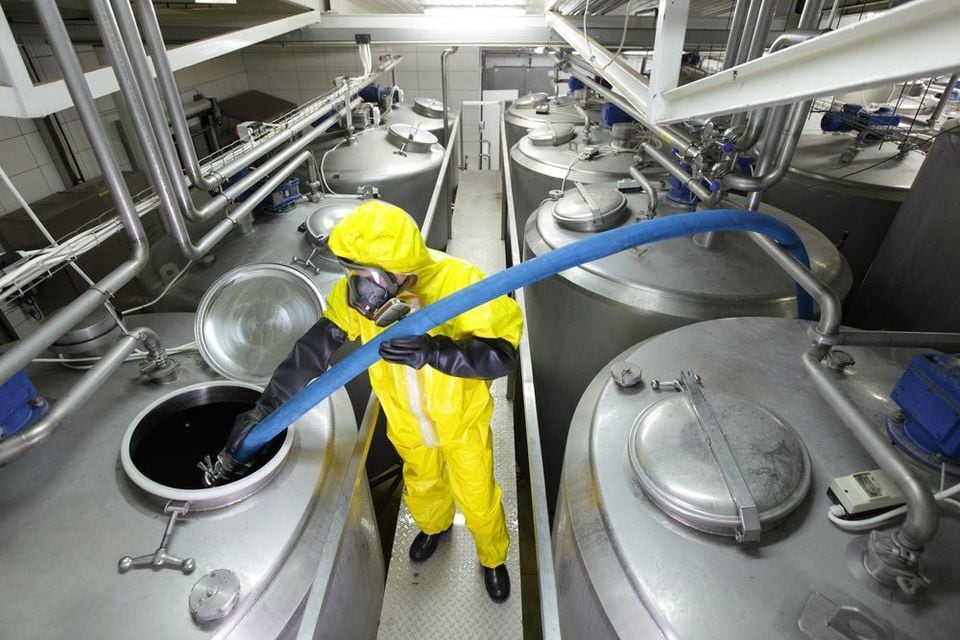Control Banding

Control banding is a generic technique used to guide the assessment and management of workplace risks for chemicals for which there is no occupational exposure limit (OEL). The majority of chemicals in commercial use do not have an established OEL. OELs include NIOSH Recommended Exposure Limits (RELs) and OSHA Permissible Exposure Limits (PELs). OELs help to assess and manage chemical risks in the workplace. Repeated daily workplace exposure to a chemical by inhaling it at an airborne concentration below its OEL is unlikely to lead to harmful health effects in most workers. However, many thousands of chemicals are in use, and there is not an OEL for every chemical, chemical mixture, fume, or emission.
Control banding process
Workplace risks are grouped into control categories or “bands” based on a combination of hazard and exposure information. A “band of hazards might be skin/eye irritant, very toxic, or carcinogenic, among others. The potential for exposure (low, medium, high) is also considered. At the end of the control banding process, users have a proposed control measure to implement. This could be dilution ventilation, engineering controls, or containment, or some other hazard control. It is an approach that is based on two pillars: 1) there are a limited number of control approaches, and 2) many problems have been met and solved before. Control banding uses the solutions that experts have developed previously to control occupational chemical exposures, and suggests applying them to other tasks with similar exposure situations. It is an approach that focuses resources on exposure controls and describes how strictly a risk needs to be managed. NIOSH considers control banding to be a potentially useful tool for small businesses.
Using control banding with other occupational safety and health practices
Control banding is best used in conjunction with health and safety practices known as the hierarchy of controls. For example, substitution of a less hazardous chemical is highly recommended to prevent exposure to a hazardous chemical. It is important to note that control banding is NOT a replacement for experts in occupational safety and health. Sometimes the control banding advice directly guides employers to seek such advice. Specific operating knowledge and professional judgment are required to implement the best combination of controls that are “reasonably practicable” and to minimize risks to workers. Control banding also does not eliminate the need to perform exposure monitoring.
Control banding is different than Occupational Exposure Banding. Both are techniques for assessing and managing risk for chemicals that do not have an OEL. However, occupational exposure banding uses the “banding” concept differently, applying hazard-based data (such as studies on human health effects or toxicology studies) to calculate which of five “bands” is appropriate. Each occupational exposure band (OEB), A-E, has an exposure limit range. After completing the OEB process, users must determine a way to measure whether workplace exposures fall within that range. They must also decide what controls to put in place if the results exceed the range. In contrast, control banding ends with specific exposure control and risk management strategies. Control banding can be used in concert with the Occupational Exposure Banding methodology.
Documents and Publications
Qualitative Risk Characterization and Management of Occupational Hazards: Control Banding (CB)
To determine the utility of the CB strategy for workplaces in the United States, NIOSH performed a critical review of its concepts and applications. This report is the result of a review of the published literature and related proceedings on CB.
NIOSHTIC-2 search results on exposure banding
NIOSHTIC-2 is a searchable bibliographic database of occupational safety and health publications, documents, grant reports, and journal articles supported in whole or in part by NIOSH.
Contact
For additional information, contact nioshoeb@cdc.gov
